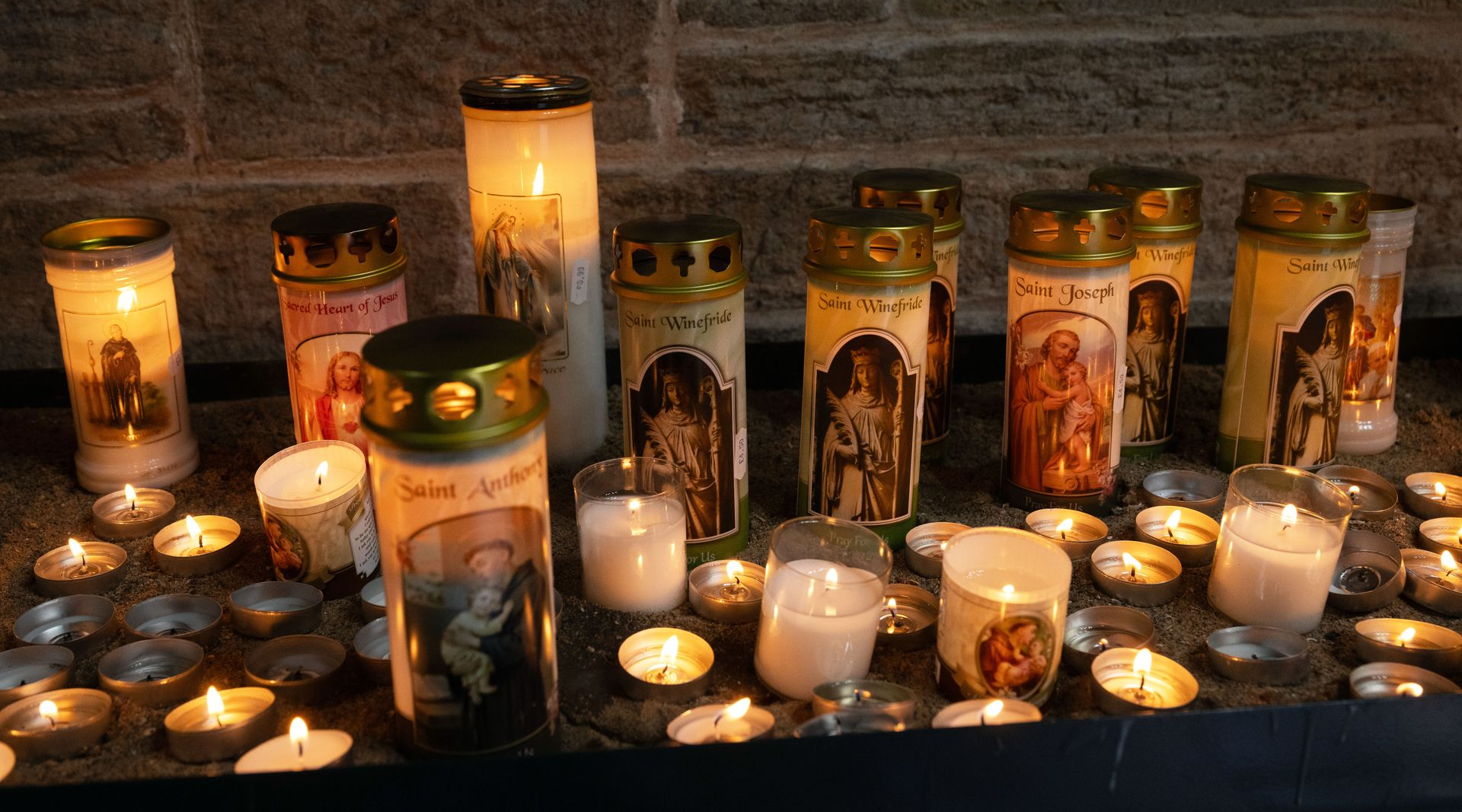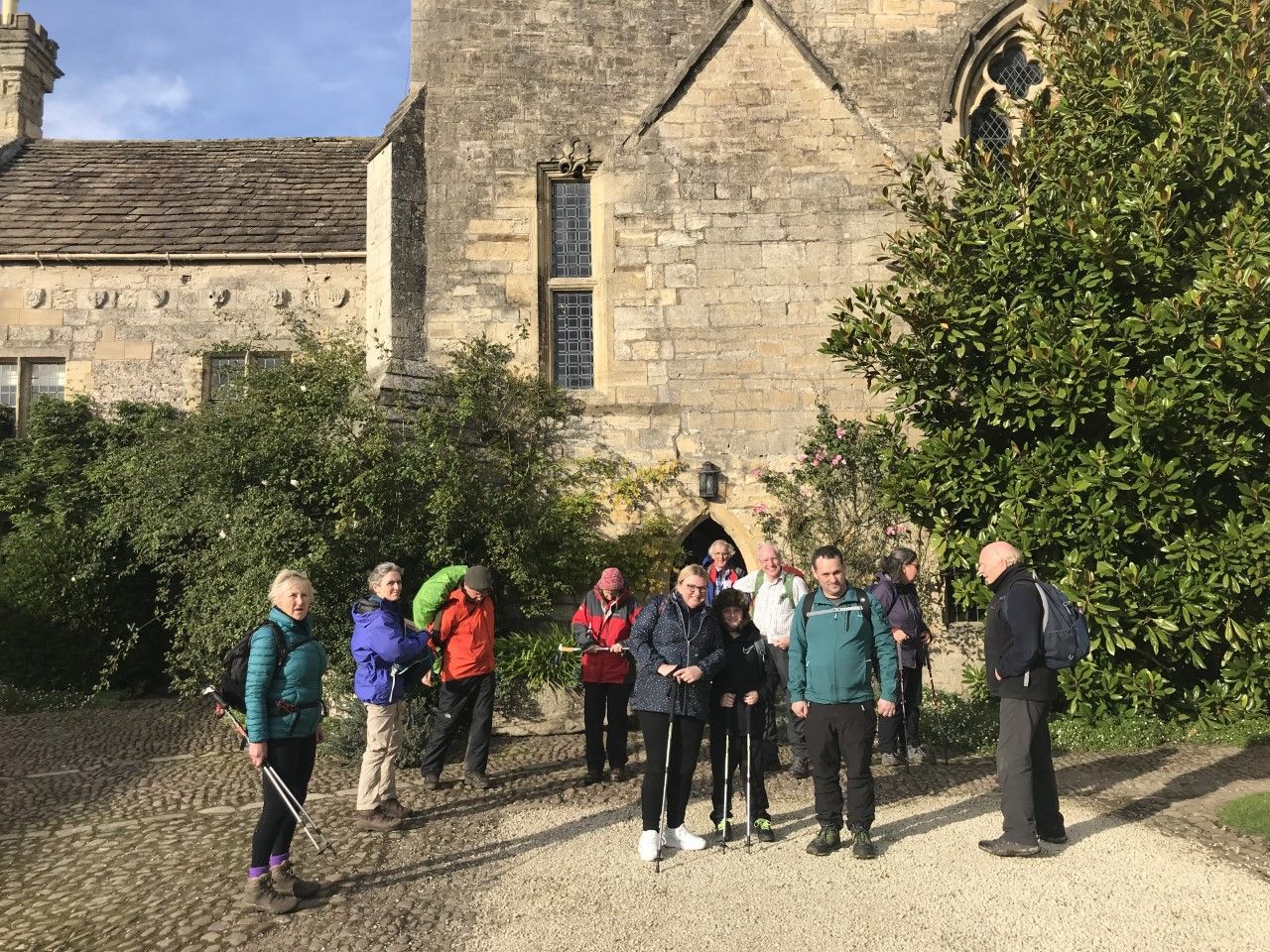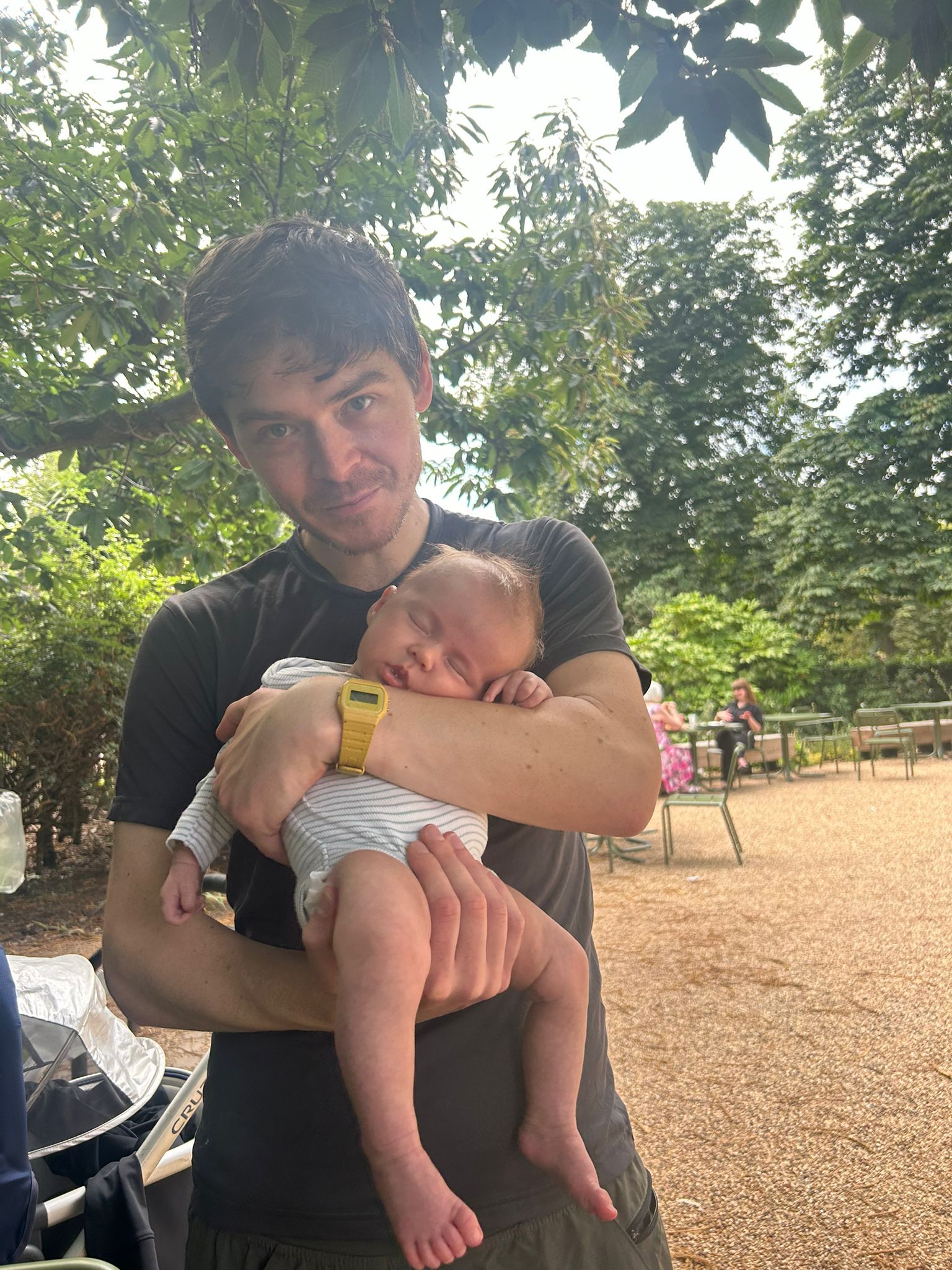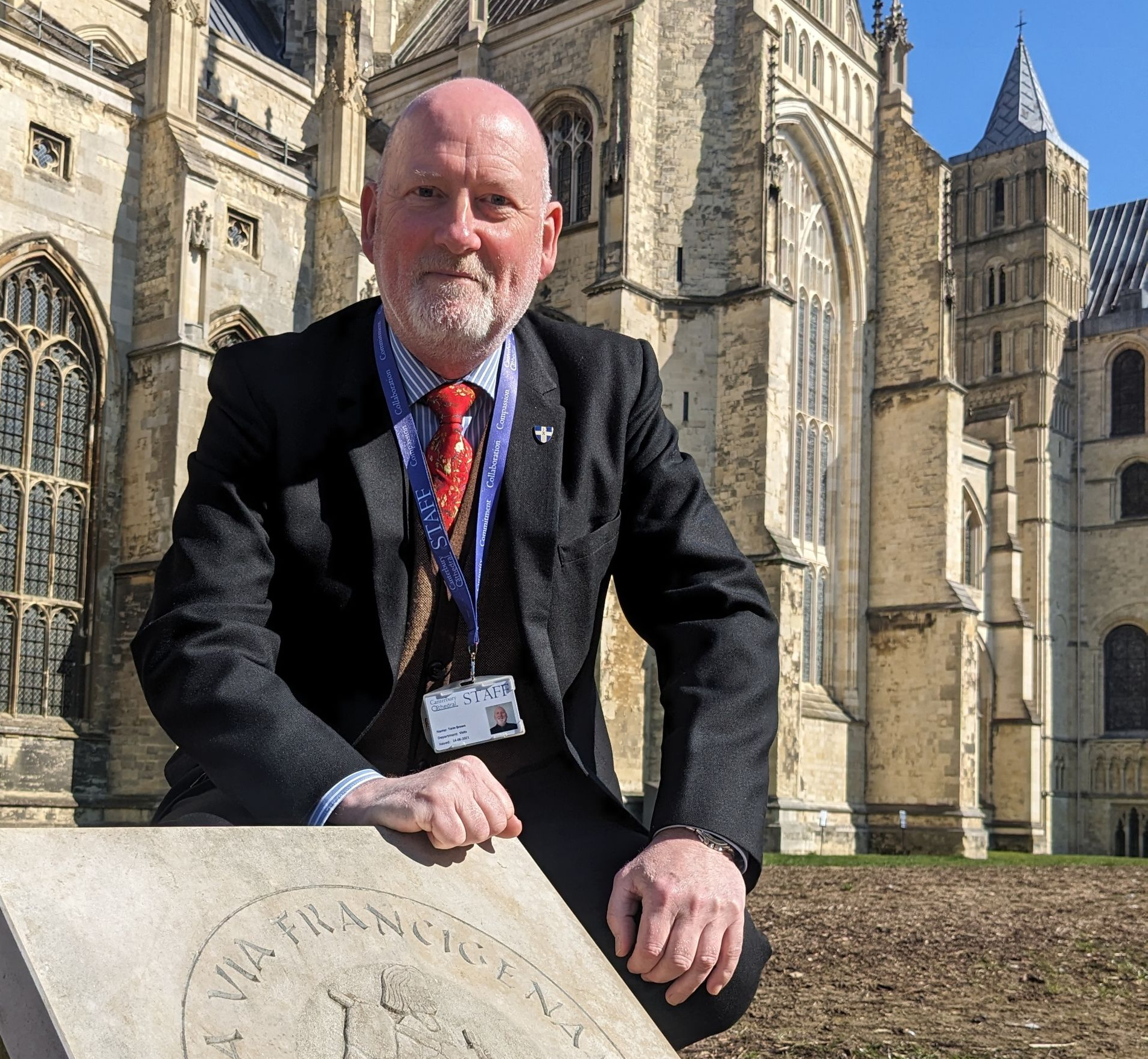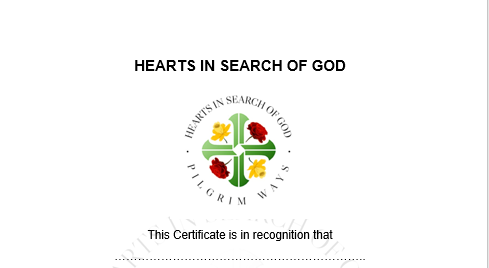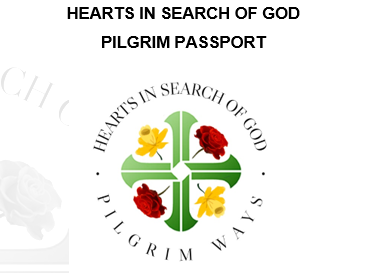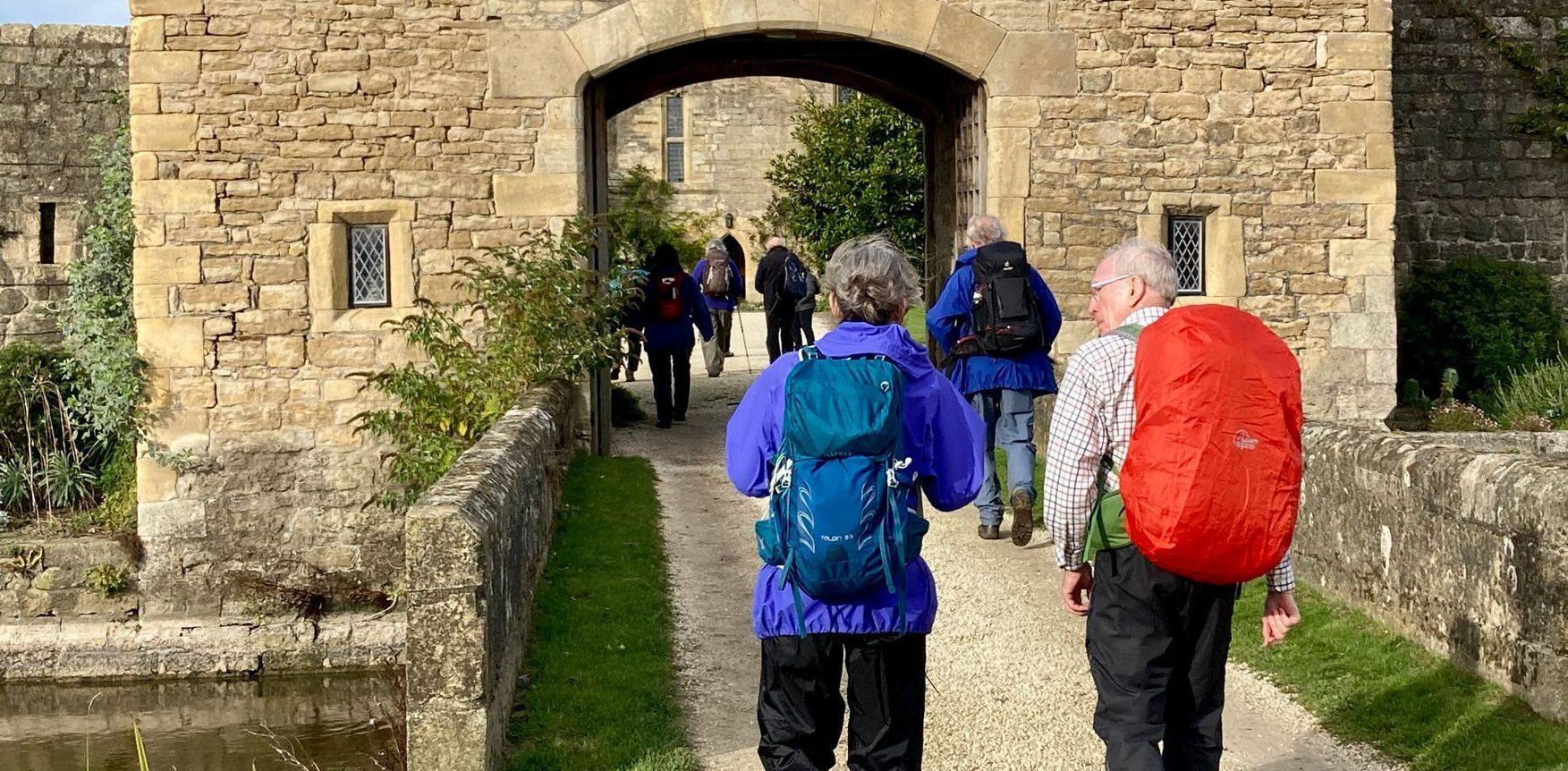Planning a Weekend Group Pilgrimage
The planning of the St Wilfrid's Way
Stephen Habron
The inspiration
Where from? From my parish Church in Huddersfield – why not?
Where to? St Anne’s Cathedral Leeds.
How far? 23 miles
Why not give it a go? Having lived in and around Huddersfield all my life I had the local knowledge which is a huge help when planning any walk – let alone a new dedicated route. So first item to get is an OS Map(s) of the area where you are planning to walk – today people may simply ask Mr Google! His answer 18.6 miles via Dewsbury – all road walking. A camino should if possible be peaceful, quiet and safe; a time to listen to nature and to let the messages on the breeze open your mind and stimulate your inner spirit.
Planning
I elected to plan the route with the minimum of main road walking just like the real Camino – canals if available make wonderful walking and have the advantage of being level (well, more or less level). Public bridleways are ideal pathways as they tend to be wider and better maintained that ordinary footpaths – and importantly you have the right to walk on the bridleway – no question. Footpaths can be problematical and sometimes landowners do not make route finding easy – but you can usually find a way to solve the problem.
Are there any locally established walking routes, such as the Kirklees Way, Leeds Country Way and Ripon Roundel Walk. When you start to search you maybe pleasantly surprised how much of the planning has been done for you. Having consulted OS Maps and the Kirklees Way and the Leeds Country Way the rudiments of a route began to take shape.
Next step is simple – just start and walk your possible route - by the time you have finally completed your booklet you will know the actual route inside out! Don’t despair or be disappointed if it doesn’t work out the first time or the second or even the third, just try again adjusting as required for by now you will have a feel for what is right and comfortable. Also you will by now know the location of the bus stops, railway stations, loos, shops and even the pubs!
Writing
Once a route has taken shape - the next step is to write it down in detail. A good hard backed notebook is my chosen method – others may prefer to use more modern technology, either way it is time consuming – but when it comes to writing up the routes you have your own point of reference to consult. A pedometer or fit bit type watch or a walking app on your phone helps you to record how far it is from A to B. Remember to record both distance and time taken to walk either the part or full section.
Remember that groups only walk as fast as the slowest walker, so it is important to be able to offer realistic timings for each section of the Camino. When you actually walk the Camino for the first time with a group of pilgrims – most of whom you may have never met – let alone walked with, one of the first questions you will be asked is: “How long will it take to walk the Camino?” If it helps, I have found that a pace of around 2.5 m.p.h. seems to cover most average walkers. Remember to suggest that people who are not regular walkers get some prior practice before joining in or sore feet, delays and disappointment can easily follow.
Finish the initial draft and then ask a friend to either walk with you or by themselves following your written instructions, having asked them to note any problems or queries or suggestions for improvement or clarity. On reflection this was a very important step - because you know the way it is all too easy to miss the obvious in terms of writing clear and accurate directions.
I also began to realise that the booklets should be easy and clear to follow. It is important to remember that not all pilgrims will be regular or experienced walkers, so I have tried to make the booklets as user friendly as possible. The writing stage can be helped by reading other guidebooks and pamphlets to see how others communicate directions.
Health & Safety
Another important consideration is Health & Safety – if you are walking in an organised group under the auspices of a diocese it is important to have a responsible person who will undertake this role. In practical terms make sure that you highlight obvious dangers – crossing major roads, golf courses, level crossings and fields of cattle! This can be frustrating for the writer – you have walked the route several times during planning no such problem - then when you come to walk on the day with your group you find your favourite field is full of cattle. So, if possible, devise and include an alternative route.
Transport
How to get back home? Where is the nearest public transport so that those who walk the way in sections can get safely back home? Try and make sure that you highlight available bus stops and route numbers.
Checking
Now follows a period of what seemed for me a time of endless checking and corrections and tweaks. This highlighted the importance of getting your rights and lefts in the correct sequences! When I began writing the thought then occurred to me that I am reasonably fit and a confident walker, especially after walking the Camino Frances to Santiago de Compestela and onto Cape Finisterra in Spring 2013. Other pilgrims may not have the time or energy to walk 18 miles in one day at one stretch! I decided to split the route into smaller, easy sections of 5 - 6 miles, so that pilgrims could walk the Camino over several days or at different times as their timetables allowed. So by creating sections the way became more accessible to a greater number of potential pilgrims, thus allowing them possible access to local churches and transport as and where the route allowed.
Publicity
You have spent hours walking and writing and more hours checking and correcting and the next task is how to publicise your efforts. Parish bulletins or word of mouth, but as these caminos are usually a diocesan initiative make a beeline for the diocesan website and hopefully you will find a friendly Communications Officer who will tell the world about the new camino. Make sure you include highlights of the walk, distances, and estimated times or a provisional timetable: the latter is helpful to plan your walks if you are only doing a section, or to arrange pick up times once you have completed the whole way. Once you have set a date – go and share the joys of your efforts with other pilgrims.
Spiritual dimension
It is an individual choice for the leader to decide what to add in terms of the spiritual dimension to each days walking, this will be enhanced and influenced by the route and shrines and churches on your camino. If possible, start the first day with Mass, maybe stop to pray the Angelus, walk a section in silence, and maybe say a decade of the rosary in a church and a prayer of thanksgiving at the end of the day. When walking at weekends check what Vigil Masses maybe available at your destination.
Further information
For more about St. Wilfrid’s Way including a detailed booklet of the Camino please see www.dioceseofleeds.org.uk/pilgrimages/
Stephen Habron
March 2023
